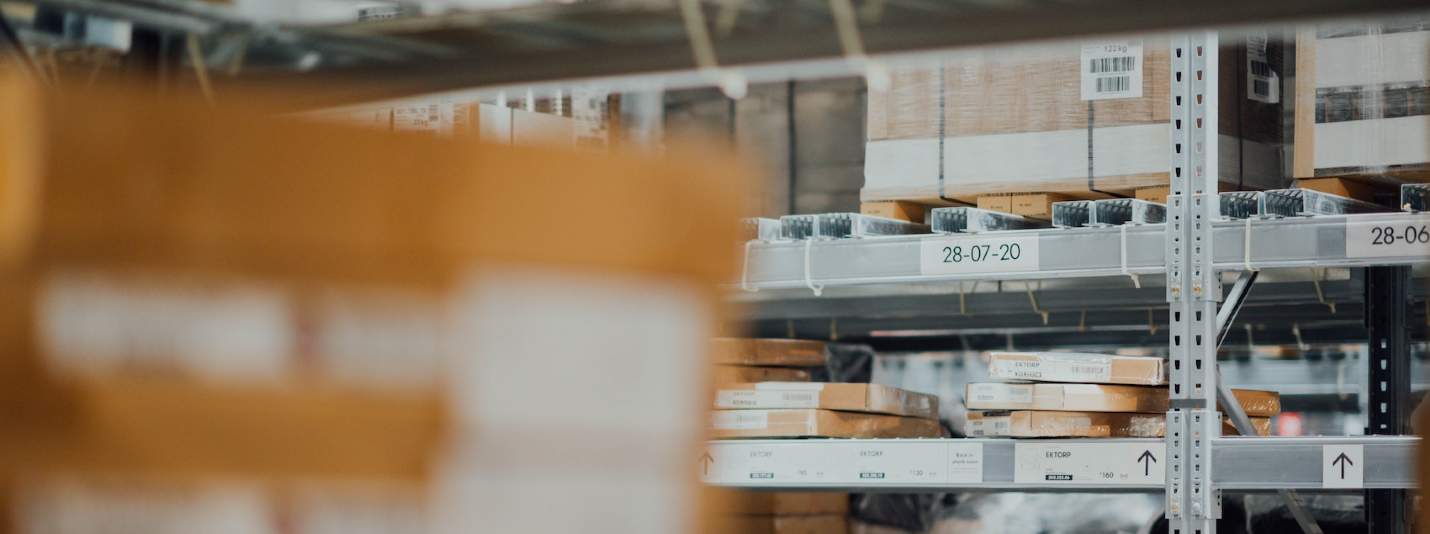Globally, we are experiencing unprecedented drivers of a change in the real estate industry, embracing those changes which are with us for good and not overreacting to temporary fluctuations.
Beds, sheds and food have been the Covid-19 ‘sector winners’ and demand for these assets will show no sign of abating this year. At the other end of the spectrum, where there is distress, new market entrants are emerging.
Regarding sources of capital, we are currently witnessing ‘domestic’ European capital coming to the fore. Indeed, in the first three quarters of 2020, European investment represented three quarters of the total investment volume, up from just under two thirds during the same three quarters in 2019.
Unlike the immediate years following the Global Financial Crisis, when European funds focussed more on their home markets, there is still an availability of debt for cross-border investments and with limited core assets available in one country, this capital is willing to look further afield.
We expect European core money will continue to be very much at the forefront of transactional activity, targeting the best properties in each asset class throughout 2021. With so much equity available to deploy, competition will be fierce, meaning we are likely to see new records set for core across Europe’s key markets.
Diversification across the logistics sector
Whether it be last mile or big box, logistics has been the darling asset class of 2020 and we expect this to continue in 2021. Demand for core logistics assets has soared and competition is causing unprecedented yield compression – the key question will be how low can yields go before they reach saturation point. At Savills we believe it has some more movement yet.
The return of (some) retail and an omnichannel future for the survivors
Prior to the onset of Covid-19, much of the retail industry had become established as the ‘ugly duckling’ for investors, as they shifted their portfolio allocations towards logistics and residential assets. Investors are still seeing room for movement on pricing, however we believe that 2021 will finally be the year when rental levels and pricing expectations start to reach a point of interest for buyers.
The pandemic has also enabled a significant part of the retail industry to make a comeback. Retail parks, well-positioned supermarkets and convenience stores have thrived where families across the continent have depended on a local and reliable supply of groceries. As a result, they are fast topping investor shopping lists.
Looking back at this two to three-year period and we will see it as a prolific moment in our industry’s history. The shift in our outlook for the retail and office sectors will shake our business into a new, more innovative frontier. The countless equity raising, and M&A and strategic partnership work, which has been limited in recent years, will create a transactional landscape that we will all need to fast adapt to in order to thrive.
Further information
Spotlight: Retail investment – Focus on Food





.jpg)

.jpg)


